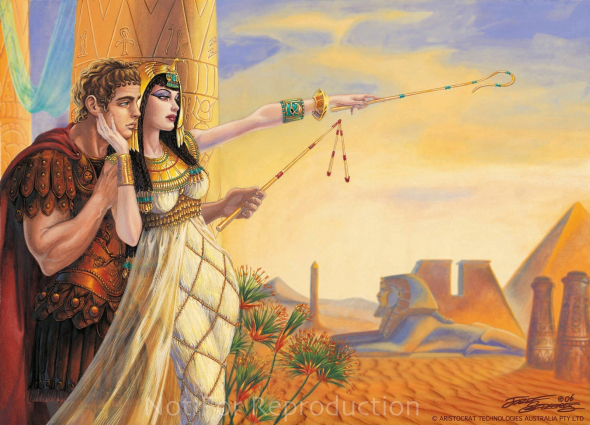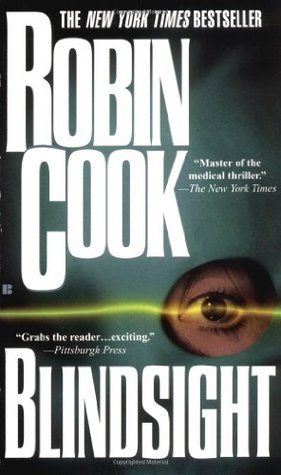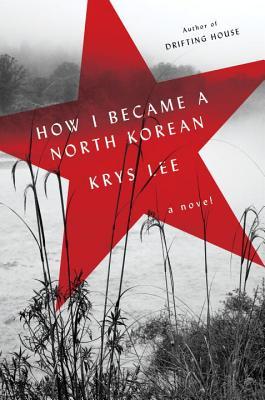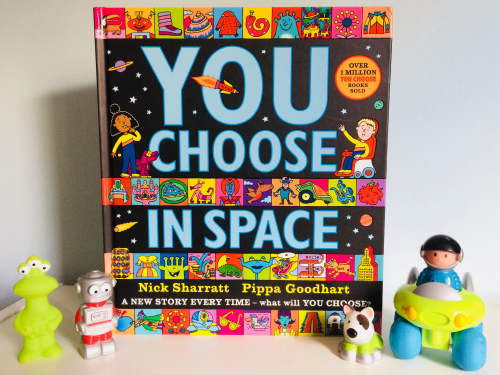 source
source
The story of Mark Antony and Cleopatra VII is captivating and still fascinates us to this day. It is intense and dramatic. However, the story is filled with myths and loopholes that will make you sincerely question what the truth is.
Once I became interested in the legendary romance of Antony & Cleopatra, I decided to do as much Internet research as I possibly could. I reached the point where I felt like the same few facts (or theories) were being told to me over and over again. At this point, I concluded that if I wanted real, deep information, I would have to purchase a book about it.
Browsing through Amazon.com, I found practically hundreds of books about the love story. It turns out I’m not the only one who is interested. To my dismay, most of these books were filled with fiction in order to piece together missing information and create more drama. These types of books are fun, but I was looking for something different; I wanted facts.
Adrian Goldworthy is not just an author, but also a true historian who knows how to conduct thorough research. “Antony and Cleopatra” certainly satisfied my thirst for knowledge. His style of writing is extremely straightforward, fact-based, and unbiased. This is exactly what I was looking for.
I was remarkably impressed that the story begins even hundreds of years before Antony and Cleopatra’s time. Right away, I knew this book was going to be chuck-full of detail. I did not expect to learn so much about Alexander the Great (who lived around 300 B.C. – meanwhile Cleopatra was not born until 69 B.C.), who actually plays an important role in the story.
The book takes you into the family history of both Antony and Cleopatra, as well as their childhoods. Unfortunately, most of Cleopatra’s childhood is unknown, up until her 18th birthday when she becomes queen.
It was enjoyable to learn about the way Antony was raised, which reveals a lot about how most Roman boys were raised during that time. I was shocked to find so many similarities between the childhoods of ancient Romans verses modern-day Americans. The children went to school and were taught several subjects such as mathematics, history, literature, and P.E. (although I’m sure that Antony’s fitness routines were much more vigorous than your typical high school gym class). History lessons during ancient times focused heavily on family history as apposed to general history. I should also note that in ancient times, only those were fortunate enough to be born into a wealthy/political family received formal education, while the poor were illiterate. Unfortunately, to this day, those living in poverty are still much less educated than those with money.
It is stunning to realize that society has hardly changed in the past couple thousands of years. By the time a Roman man turned about 18-years old, he moved out of his parents’ home and rented an apartment. Sound familiar? Also, it was expected of men around that age to be a little irresponsible and engage in promiscuous activities such as drinking and gambling, however they were expected to grow out of this phase at some point. Even sons of important political figures such as Antony were granted the right to be young and crazy. In fact, Antony collected some serious debt during his 20s.
Antony claimed to be a descendant of Hercules and therefore was incredibly proud of his physique. More specifically, he was proud of his legs. While Caesar started the trend of wearing long togas that reached the floor, Antony rebelled by wearing a tight belt and pulling up his toga to show off his impressively muscular legs.
I was definitely disappointed to miss out on Cleopatra’s childhood. It is suggested that she received extensive formal education, including history of the Ptolemy family tree, and several languages that included Greek and Egyptian. We also know that she traveled alongside her father during her youth while he faced a period of exile. She was around 11-years old during this time.
Although we remember Cleopatra as the queen of Egypt, she was in fact of Macedonian (Greek) descent. Scholars debate her ethnicity because there is no concrete proof over who her mother was. We picture her with dark hair and skin, yet it is entirely possible that she was fair skinned with blonde or red hair. If her mother was indeed Macedonian like her father, then she would undoubtedly have a light complexion. Because of the lack of proof of who her mother was, scholars still debate Cleopatra’s looks. The author makes a point that we should not be so concerned with what she looked like, but rather what she did and who she was.
Cleopatra is famous for her beauty. The author suggests that it was not her looks – but her charm and aura – that made her so attractive. She was an ambitious leader who used her powerful charisma to get what she wanted. Sibling rivalry was not uncommon for royal families. Cleopatra fought with her siblings for power and won. Egypt was perhaps the least sexist ancient society; women had many rights, including the right to own land. Sadly, Cleopatra was still expected to marry her younger brother and be co-rulers. But sexism did not halt her desire for ultimate power; her brother ended up poisoned and killed when once started getting in her way.
Goldsworthy does not leave out the affair between Cleopatra and Julius Caesar. He points out that the affair was far more political than romantic. Most likely the two used each other as pawns to gain more power. There had been controversy over their son, whether or not he was truly related to Caesar. The son had been nicknamed Caezarian (or “Little Caesar”). In my opinion, I believe he is most likely the legitimate son of the pair.
Cleopatra co-ruled Egypt with her son, who was too young to give orders. He would become a great threat to Octavian’s power after the stabbing of Caesar. Following Caesar’s death, Octavian (Caesar’s nephew and adopted son) claimed power over Rome and sought to eventually conquer Egypt.
Finally, about halfway through the book, we read about the union between Antony and Cleopatra. The romance was heavily filled with war and politics, which I mainly skipped over because it bored me. My favorite parts were the little details about their relationship and the silly things they would do together. It’s the kind of stuff you won’t find in a school textbook.
The couple spent the winter of 41-40 B.C. together in Alexandria, Egypt. This time was perhaps the peak of their romance. Antony taught Cleopatra how to go fishing and hunt while horseback riding (quite impressive for a queen). They formed a club with friends called “The Inimitable Livers.” Their feasts were extravagant and they typically ate less than a quarter of the large amounts of food being served to them. The funniest part: the group of friends enjoyed wandering the streets of Alexandria at night, dressed in shabby rugs, pretending to be slaves. Apparently their disguises were unconvincing, but people were happy to “play along” with them. Antony would pick fights with people in the streets and sometimes came home with bruises.
Unfortunately, Antony had to leave Egypt and he would not see Cleopatra for three and a half years. Luckily they ended up reuniting and Cleopatra bore twins: Alexander Helios (“sun”) and Cleopatra Selene (“moon”). Later in time, they would have a third child together as well.
The finale of Antony & Cleopatra’s romance is painfully tragic. In fact, it inspired Shakespeare to write a play about them; it may have also been a source of inspiration for Romeo and Juliet. After hearing the (fake) news that Cleopatra had killed herself once Antony lost a great battle against Octavian, he stabbed himself with a sword. Moments before dying, he found Cleopatra… but by then it had been too late. Afterwards, Cleopatra had a discussion with Octavian, who was not impressed by her charm and therefore did not give her the power she needed from him. Following their talk, Cleopatra joined her lover in the afterlife by committing suicide as well. Goldsworthy points out that her method of death is unknown. The most common myth is that she died of snakebite; however it is much more likely she died from a poison.
The fate of Cleopatra’s offspring remains a mystery. Historical records of Caezarian are vanished after the death of his mother. With Octavian being so threatened of Little Caesar, it is likely that he had him murdered. And if not murdered, then he must have run away. The longest (known) surviving offspring is Cleopatra Selene, who ended up marrying and having children of her own. From there, the Cleopatra/Antony lineage is lost.
I have to agree with the author of Antony and Cleopatra, who argues that this love story is so intense and dramatic that it does not need added fictitious details to entertain an audience. Simply reading the facts is enough of a thrill. (Having said that, there is nothing wrong with using a bit of imagination to build a more solid story.) If you are like me, and hoping to learn more about Antony and Cleopatra, sorting out myth verses fact, then I highly recommend this book. You will most likely skim a few of the chapters, skip a few of the pages, or reread certain lines – there is no right or wrong way to read a nonfiction text. Whether you are drawn to the story because of the politics and the war, or the romance and the drama, this book is for you!

Overall rating: 5/5 stars
Advertisements Share this:




